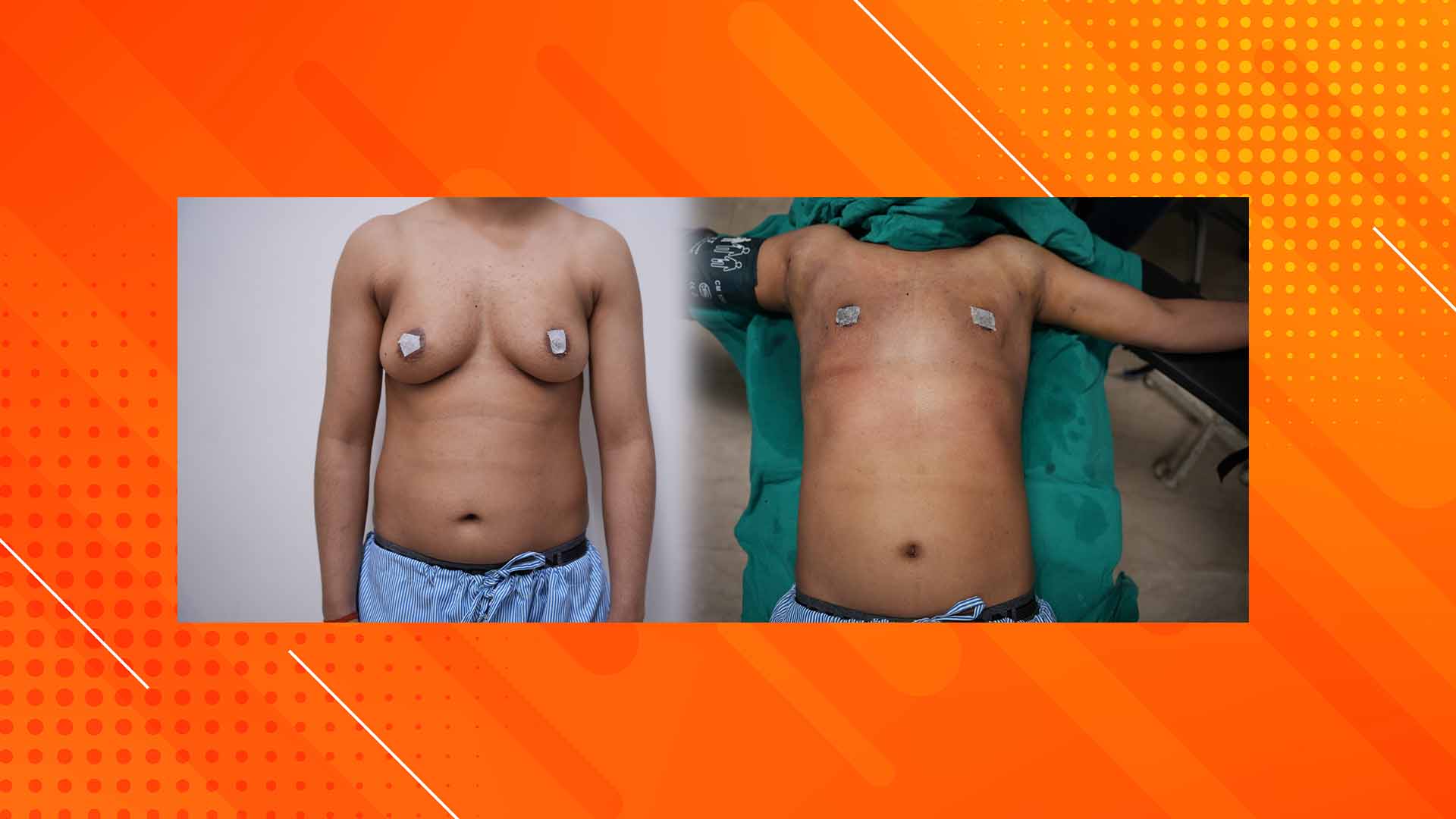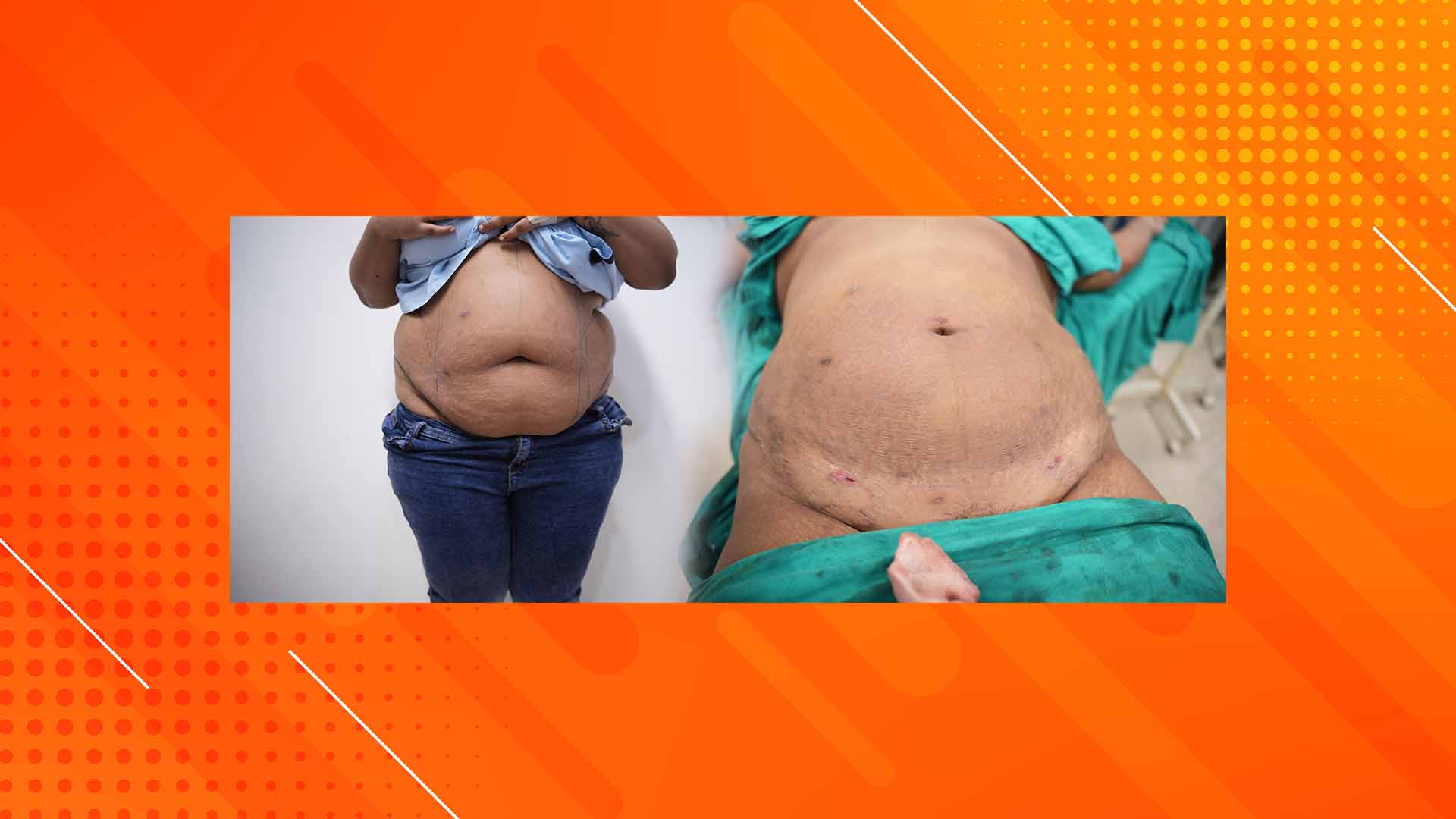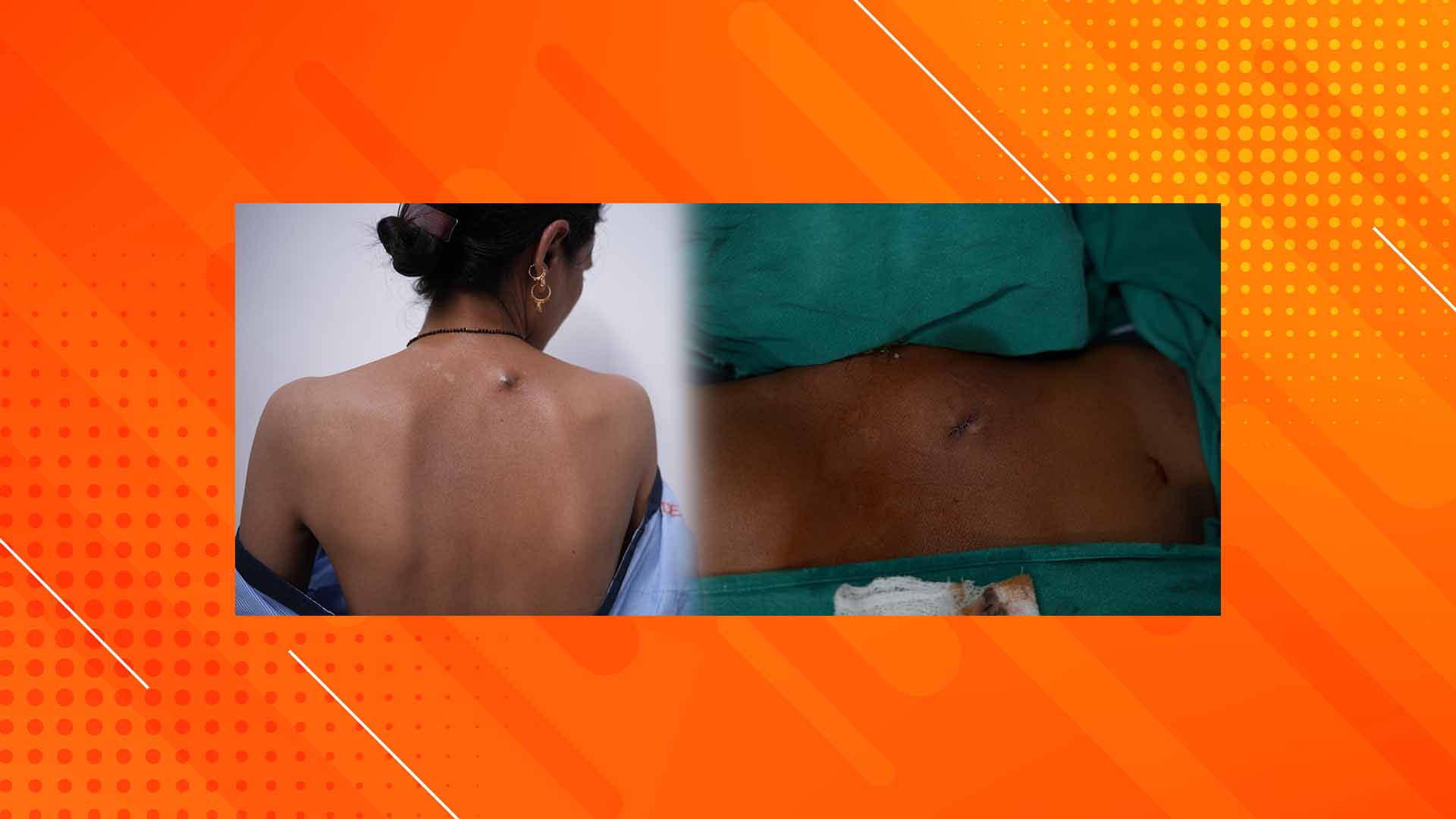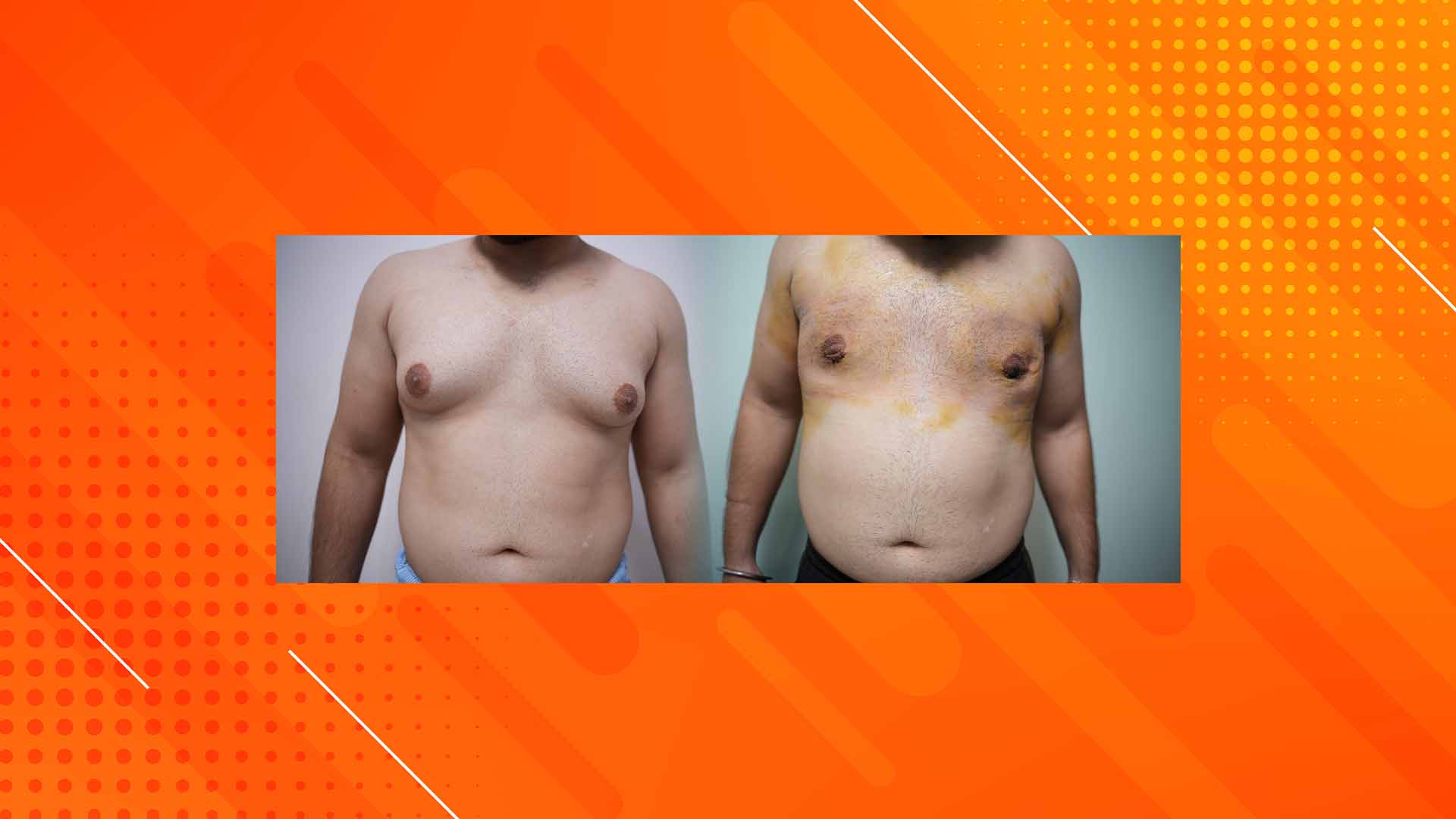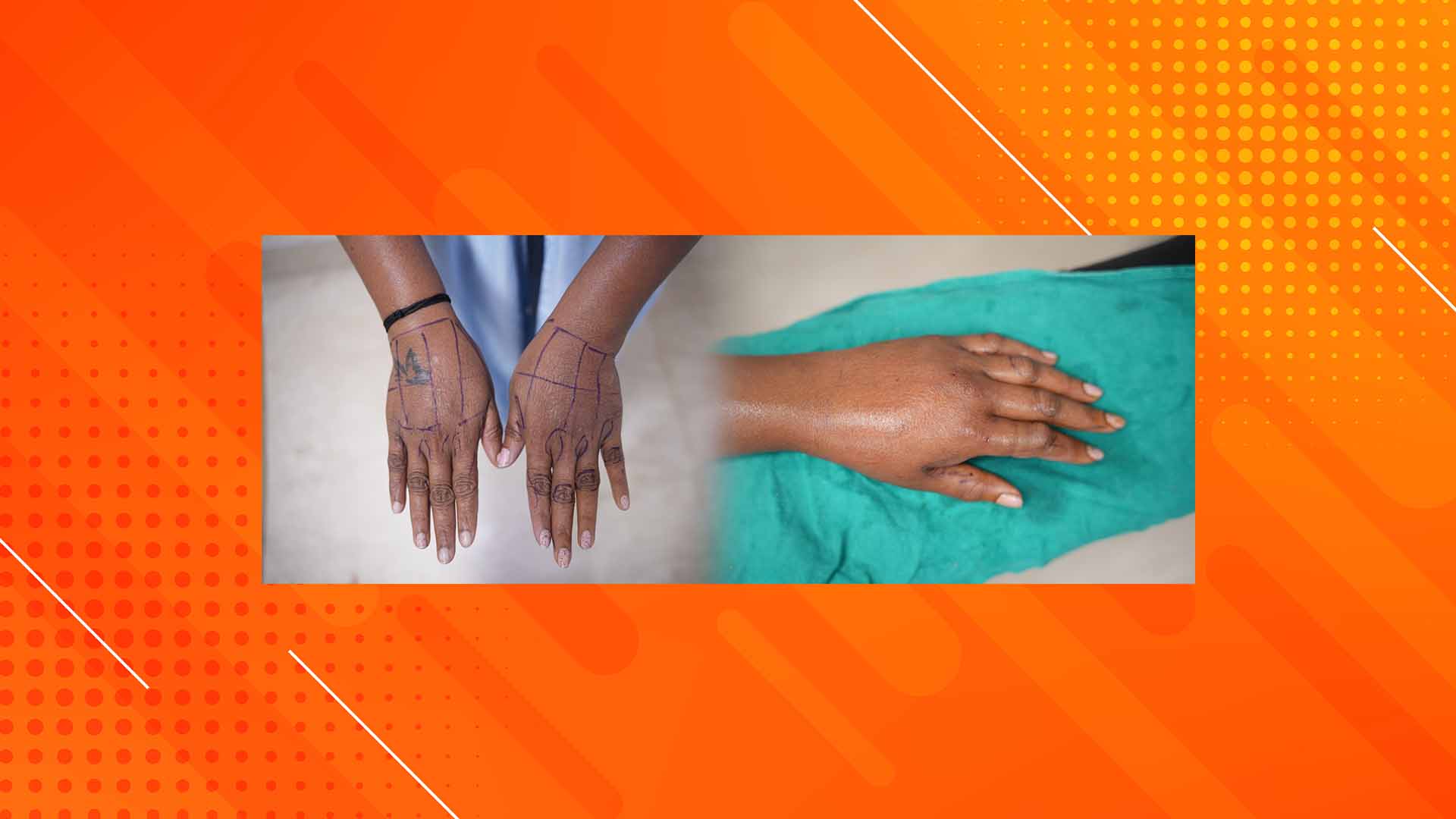Female Hair Transplant
- Home
- Female Hair Transplant
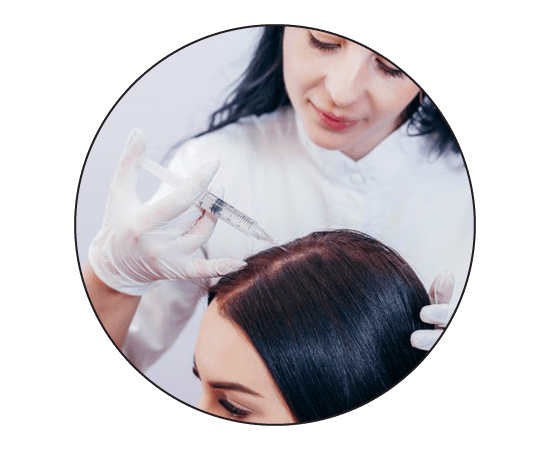
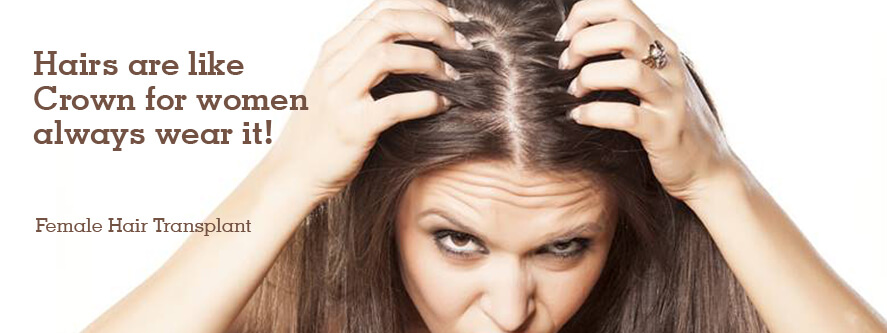
Why female hair transplantation is getting more and more opted than ever?

When you should opt for a female hair transplantation?
- Female pattern baldness: Women with female pattern baldness may experience hair thinning or hair loss at the top of the scalp, including the crown and frontal areas.
- Traction alopecia: Women who wear tight hairstyles such as braids, weaves, or ponytails may develop traction alopecia, which is hair loss caused by the constant pulling or tension on the hair.
- Alopecia areata: Women with alopecia areata may experience patchy hair loss or complete baldness due to an autoimmune disorder.
- Scarring alopecia: Women with scarring alopecia may experience hair loss due to scarring on the scalp caused by an injury, infection, or certain medical conditions.
-
Transgender women: Transgender women who are transitioning may opt for a female hair transplantation to achieve a more feminine appearance.
What is the process of female hair transplantation?
What are the causes of Hair loss in women?
- Consultation: The first step is to schedule a consultation with our medical counselors or hair transplant surgeon to discuss your goals and determine if you are a good candidate for the procedure.
- Preparation: On the day of the procedure, the donor area is shaved and a local anesthetic is administered to numb the area. The hair transplant surgeon then removes individual hair follicles from the donor area using a specialized instrument.
- Graft preparation: The harvested hair follicles are then prepared for transplantation by separating them into individual grafts containing 1-4 hairs.
- Incision: The hair transplant surgeon creates tiny incisions in the areas of the scalp where the hair loss has occurred.
- Placement: The prepared grafts are then carefully placed into the incisions in the scalp, taking into account the natural growth pattern and direction of the existing hair.
- Post-operative care: After the procedure, you will be given medication and instructions on how to care for the newly transplanted hair. Most patients can resume normal activities within a few days, but it can take several months for the transplanted hair to grow fully.

What precautions should be taken after your female hair transplantation surgery?
After undergoing a female hair transplantation surgery, it is important to follow certain precautions to ensure optimal healing and hair growth. Here are some post-operative care instructions that you may be advised to follow:
- Avoid touching or rubbing the transplanted area for at least a week after the surgery.
- Avoid strenuous exercise or activities that may cause sweating for at least a week after the surgery.
- Avoid exposure to direct sunlight or tanning beds for at least a month after the surgery.
- Do not wash your hair for at least two days after the surgery, and avoid using any harsh shampoos or conditioners for the first month.
- Sleep with your head elevated on pillows for the first few nights after the surgery to reduce swelling.
- Do not use any hair styling products or heat styling tools for at least a month after the surgery.
- Take prescribed medications for 7 days as directed by our doctor, including pain relievers, antibiotics, and anti-inflammatory drugs.
- Attend all follow-up appointments with your hair transplant surgeon to monitor your progress and address any concerns.

Grade of Baldness is decided by Ludwig’s scale
Type I
In this stage, hair loss is considered to be mild. Hair loss is not easily noticeable as frontal hairline is not affected. Hair loss is seen in top and front of the scalp. In this condition hair loss is mild and the frontal hairline remains unaffected. Many women have difficulty noticing hair loss. Hair is loss from the top and front of the scalp. The hair loss may be noticed if it is parted down at the centre of the scalp.
Type II
Type II hair loss is considered moderate. Thinning, shedding, decrease in volume can occur in this stage. Increase in center part continues. Based on the severity, a hair transplant procedure may be a viable option for women who exhibit a Type II classification. In this condition the hair loss is moderate, women may notice thinning, shedding and decrease in their hair volume and widening of their centre part.
Type III
Type III is the most extreme classification of female hair loss. In this stage, hair becomes so thin that it has difficulty camouflaging the scalp, rendering it visible to the naked eye.
What is the price of a Crown hair transplant at one of the top cosmetic clinics, the "Dezire clinic"?


Now to summarize, steps before hair transplantation
- Personal consultation with Dr Prashant Yadav to decide if you are a good candidate for hair transplantation.
- During consultation he will examine the donor area to determine how many follicular units can be obtained. He will also examine the recipient area to determine final number of grafts needed.
- Obtaining medical history report and photographic record.
- Coming to the final decision.
- Pre procedure and post procedure instructions will be explained to you by our staff.
- Booking procedure date.
- Hair Replacement Procedures.
How do you schedule a consultation?
Frequently Asked Questions
Our Branches
We are firm believer of transparency. With us you get what you see
Dezire Clinic Ahmedabad
Dezire Clinic Bangalore
Dezire Clinic Delhi
3, Block C 6, Safdarjung Development Area, Hauz Khas, New Delhi 110016
Dezire Clinic Pune
Dezire Clinic Gurugram
Dezire Clinic Sector 42 Gurugram
Plot no 2, Golf Crse Rd, Sector 42
Gurugram, Haryana 122002
Dezire Clinic KP Pune
Flat No -103, Green Terrace, Lane Number 5, Near Vidyut Nagar, South Koregaon Park, Pune, Maharashtra 411001
Dezire Clinic Raipur
1st floor, Ashtavinayak arcade, ATM chowk, Avanti Vihar, Shankar Nagar, Raipur, Chhattisgarh 492001
Dezire Clinic Surat
M/7, dental plus, Jolley square, Ram chawk, Ghod dod road, Near st Xaviers school, Surat 395001
Success Stories
We are firm believer of transparency. With us you get what you see
